Magic Quadrant for Wired, Wireless LAN 2020: Mist Launches Juniper Into Leader’s Circle
The latest Magic Quadrant report is touting a new leader this time around to challenge longtime market heavyweights in the wired and wireless LAN market.

Making Moves
Gartner’s Magic Quadrant for Wired and Wireless LAN 2020 is live and a new player has entered the winner’s circle for the first time.
Juniper Networks, a visionary in last year’s report, has jumped all the way to the Leader’s quadrant thanks to its revolutionary Mist Systems technology that it acquired in 2019. The deal has allowed Juniper to invest in AI and add rich telemetry into its wired switching and WLAN products, giving the vendor an end-to-end portfolio that could give the other leading mainstays – Cisco, Extreme Networks, and HPE/Aruba – a run for their money.
For the second year in a row, the “Challengers” quadrant sat empty this year as 12 vendors crowded into the “Niche Player” category, including CommScope/Ruckus Networks, Arista Networks thanks to its Mojo Networks buy, and Ubiquiti Networks. Security specialist Fortinet and embattled Chinese company Huawei filled out the visionary quadrant.
A total of 18 wired and wireless vendors landed on the 2019 Magic Quadrant this year. Here’s who ranked as a leader, niche player, and visionary, and the strengths and weaknesses of each vendor.
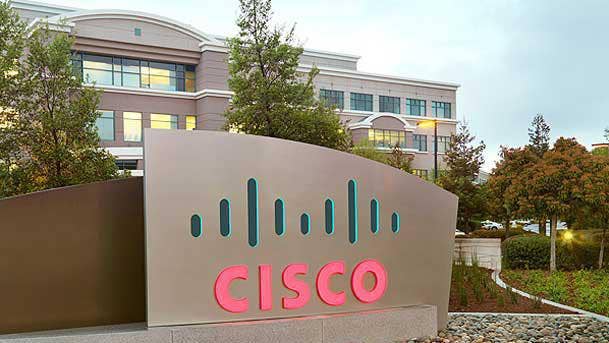
Leader: Cisco
Cisco Systems, a leader once again in the wired and wireless LAN Magic Quadrant, comes to the market with both its Catalyst and Meraki portfolios of access wired switching, WLAN products, network applications and services. A historically strong player with global reach, Cisco’s product lines offers campus infrastructure with multivendor integration and analytic insights with open, programmable APIs, and the vendor is continuously investing in new chips and operating system developments.
However, Cisco’s two separate product lines – Catalyst and Meraki – that address campus connectivity requirements, including wireless access points, are not interchangeable. The vendor was also found to have inconsistent pricing strategies across its two portfolios, which could create confusion.
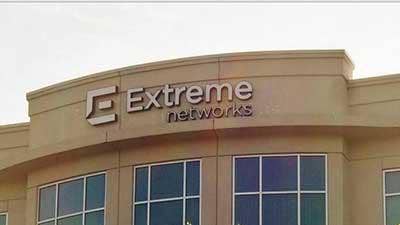
Leader: Extreme Networks
For the third year running, Extreme Networks landed in the leader quadrant thanks to its broad portfolio of cloud-managed and on-premises managed network applications and services, as well as its wired switching and WLAN products. The vendor has had success integrating several acquisitions, including Aerohive Networks, and has a “solid” marketing message, Gartner found. Extreme recently refreshed the platform portfolio and evolved the management and cloud offerings within its portfolio, including the ExtremeCloud IQ platform.
Extreme has global reach but in-country presence in some areas of Asia and Latin America may vary. The vendor also has a few product gaps, such as indoor location services, which is still under development.

Leader: HPE/Aruba
Hewlett Packard Enterprise (HPE)-owned Aruba Networks once again landed in the winner’s circle thanks to its edge to cloud” strategy, Gartner said. The geographically diverse Aruba Edge Services Platform (ESP) offers a broad portfolio of cloud-based and on-premises managed network applications and services in conjunction with its access wired switching and WLAN products. Moreover, cloud-driven ESP unifies, automates and secures the campus, branch and remote network while maintaining an open programmable API.
Via HPE GreenLake, the Aruba portfolio can be purchased in a consumption-based pricing model. However, Gartner found that some users noted portfolio complexity due to numbers for hardware and software associated with campus components. Also, implementation of functionality sometimes differs between its cloud and premise-based offerings.
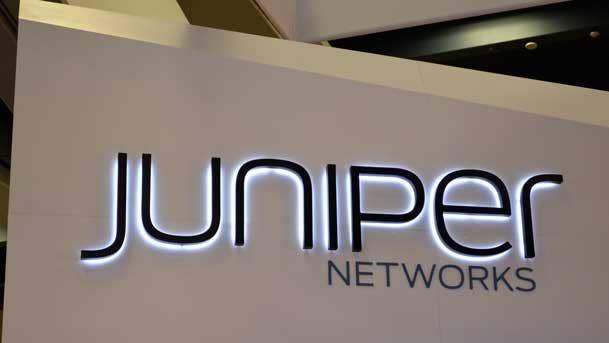
Leader: Juniper Networks
Visionary-turned Leader, Juniper Networks was propelled into the winner’s circle this year thanks to its Mist Systems acquisition, which the company used to inject AI into its suite of wired switching and WLAN products and is expanding the technology across its entire portfolio. Juniper is reaching clients in all markets, from SMB to large enterprise customers and service providers.
The vendor’s strengths this year lies in its rich AIOps functionality through Mist, which offers WLAN and WAN service-level assurance that provides continuous service-level monitoring and proactive action. Gartner notes that Since Juniper is one of the younger leading vendors and as its Mist solution continues to mature, the vendor needs to work on its expertise depth in vertical markets.

Niche Player: ALE
For the second year in a row, ALE is a niche player. The Alcatel-Lucent Enterprise-branded portfolio includes wireless APs and campus Ethernet switches with 802.3bz multigigabit ports supporting 802.11ac and 802.11ax performance. ALE’s Rainbow workflow software as a service (SaaS)-based communication platform and workflow engine creates automated network management, provisioning and IT security enforcement policies.
ALE targets large and midsize enterprise sectors and employs vertical-market-specific sales teams to focus on specific industries where it believes it can be most successful. Gartner warns that because ALE is privately held by a Chinese-based investment firm, clients will have to make sure they can get visibility into key financial and operating information they may require for RFPs.
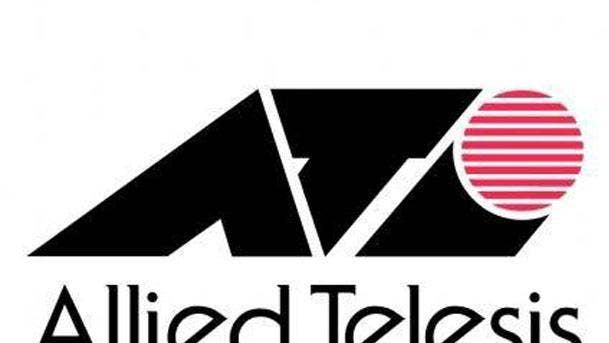
Niche Player: Allied Telesis
Same as last year, Allied Telesis finds itself in the Niche Player quadrant thanks to its broad portfolio of campus and branch switches and wireless APs for unified access network. Network devices can be managed on-premises with the company’s Vista Manager, or in the private or public cloud via its AMF Cloud offering.
Gartner found that all Allied Telesis products, including its industrial-grade switches, use the same operating system -- AlliedWare Plus -- which offers uniform functionality. More than 60 percent of Allied Telesis’ global revenue came from Japan in 2019. The vendor, however, is lagging behind its competitors when it comes to advanced network technologies because Vista Manager does not support network assurance using AI/ML.

Niche Player: Arista Networks
This is Arista’s first showing on the wired/wireless LAN Magic Quadrant, and that’s because it acquired former Niche Player Mojo Networks. The deal allowed Arista to enter the campus switch segment. CloudVision, the company’s orchestration and automation platform can be deployed as a perpetual or subscription pricing model.
The vendor, however, still has a limited AI/ML Campus Automation Strategy and issues with global reach, as 65 percent of Arista’s campus network sales come from North America, which could challenge the vendor’s ability to provide sufficient product coverage to all market opportunities globally, Gartner said.
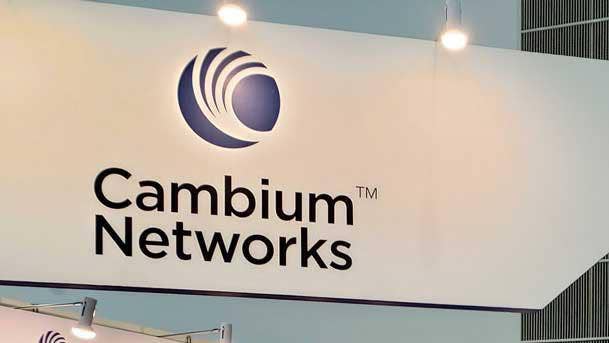
Niche Player: Cambium Networks
Once again a Niche Player, Cambium targets the midmarket enterprise, education and hospitality market verticals with its portfolio of campus switches and wireless APs includes technology from Xirrus -- APs and XMS products -- that it acquired last year. Cambium’s wired and wireless portfolio has two management platforms the company is working to integrate -- the cloud-based and on-premises cnMaestro and XMS. The platforms offer visibility into user applications, policy-based network segmentation and zero-touch provisioning.
Gartner warns that Cambium’s portfolio is lagging in AI and machine-learning enabled automation. Also, the company’s wireless networking capabilities are much more advanced compared to its cnMatrix wired switching portfolio.
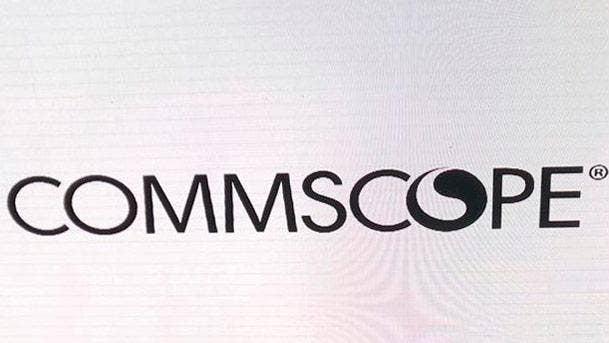
Niche Player: CommScope (Ruckus Networks)
Niche player CommScope has made AI- and ML-powered analytics a core component of its wired and wireless network portfolio -- its Ruckus Cloud technology the company acquired in 2019 -- and SmartZoneOS. The company harnesses advanced technology to manage, troubleshoot and optimize the entire Ruckus wired and wireless network fabric, Gartner said. CommScope generates nearly 60 percent of its access networking revenue in North America, targeting education, hospitality and government customers.
The vendor does have limited enterprise experience, despite its Ruckus technology, Gartner warns. It also lacks a modular switch option.
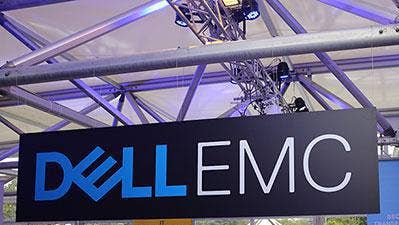
Niche Player: Dell Technologies
Staying steady in the Niche Player quadrant, Dell comes to the market with its Dell EMC branded wired/wireless LAN products, which includes its SmartFabric Director-managed PowerSwitch wired switch portfolio. The market heavyweight, which has a global footprint and can address both midsize and large enterprise customers, also has a partnership with fellow Niche Player CommScope to provide Ruckus wireless networking products.
While of one the more visible and experienced IT vendors, Gartner said that the Dell switching portfolio has stagnated, calling into question the vendor’s commitment to campus networking.
Gartner said that Dell did not provide responses to its vendor questionnaire or provide a briefing for this year’s Magic Quadrant research.
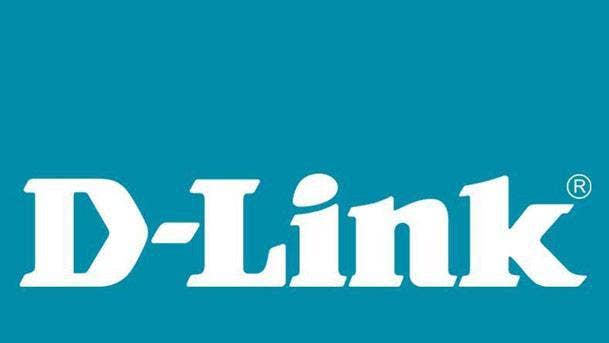
Niche Player: D-Link
Taipei, Taiwan-based D-Link offers an inexpensive portfolio of campus switches and WLAN hardware designed primarily for small business and midsize enterprises. D-Link’s networking hardware can be managed with either an on-premises controller or via a SaaS management solution that it bundles with the product at no additional cost.
The company has limited geographic diversity as its sales are concentrated in EMEA and Asia/Pacific outside of China and Japan. Gartner called the company a “market follower” that often adopts technology and services trends after its larger competitors.

Niche Player: H3C
Once again a Niche Player, Chinese provider H3C comes to the market with a full portfolio of access layer networking solutions for campus and branch offices. The vendor offers unified wired/wireless management with its intelligent Management Center (iMC), which includes a series of modules for applications, like user and device profiling, policy enforcement, and network traffic analysis. H3C also offers the Oasis IoT platform for the management and automatic onboarding of IoT devices, certificate authentication and secure encrypted traffic.
H3C has a limited footprint and servicing outside of China, which accounts for 75 percent of the company’s campus networking revenue. The Oasis IoT platform, for its strengths, has offers limited public cloud deployment options outside of China.
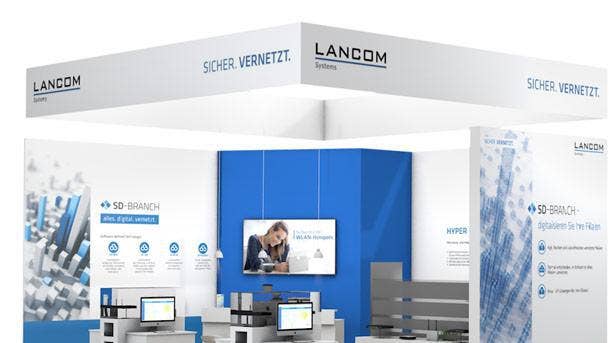
Niche Player: Rohde & Schwarz (LANCOM Systems)
LANCOM Systems is an independent operating subsidiary of international electronics company Rohde & Schwarz. A Niche Player once again, LANCOM Systems offers an end-to-end access layer offering, including its recently introduced Wi-Fi 6 Aps. The company’s LANCOM Management Cloud orchestrates automated configuration of the vendor’s wireless APs and supports centralized configuration of wired campus switch and can be offered as a public or private cloud.
Gartner warns that LANCOM has a limited portfolio of aggregation switches and no core switching platforms. It also has a limited IoT strategy. The vendor’s primary market is based in the EMEA region, so it has limited geographic reach.
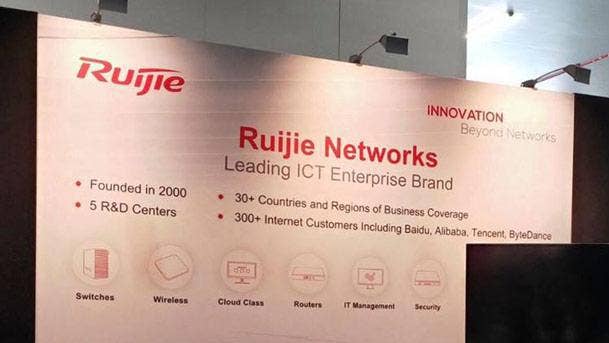
Niche Player: Ruijie Networks
Niche Player Ruijie Networks brings to the market its full portfolio of access layer networking hardware and software, including a line of Wi-Fi 6 APs and a WLAN controller-based and controllerless solution. The vendor also offers a cloud-managed offering for SMBs that comes free of charge.
Ruijie has a limited footprint outside of its home market of China, which is responsible for 75 percent of its revenue. Also, Ruijie does not offer access points with embedded controller functionality as a cost-effective controllerless option, Gartner found.

Niche Player: TP-Link
TP-Link provides a cost-conscious option via its Wi-Fi 6-capable APs. The company also offers its Omada software-defined network management solution, a feature that is hosted on Amazon Web Services, which is bundled at no charge with its access network hardware. That solution also offers limited automation for security and network analytics/network assurance.
Because TP-Link does most of its business in China, EMEA and Asia/Pacific regions, clients in North America and Latin America should ensure that TP-Link or its channel partners can provide sufficient local post-sale support, Gartner said. Additionally, the company offers little differentiation when compared to its competitors in specific vertical markets and the cost-conscious business segment.
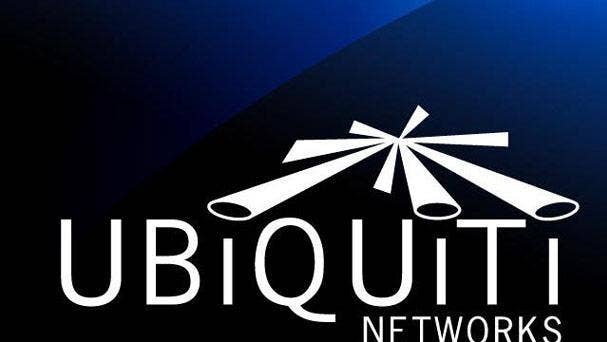
Niche Player: Ubiquiti Networks
Known historically to be a small business player, Ubiquiti is once again a Niche Player in this year’s Magic Quadrant. The company comes to market with its UniFi wired and wireless portfolio and it includes with its hardware the UniFi Network Controller SaaS or on-premises software for unified management of campus switches and APs, with no software subscription license required.
Although Ubiquiti clients are predominantly in North America and EMEA, the company has a global distributor network of value-added resellers and other agents in all major economic regions, Gartner found. As a limitation, despite its on-premises and cloud-managed versions of its UniFi management solution, the public cloud version is available in only the U.S., Canada and Mexico.
Gartner said that Ubiquiti did not provide responses to its vendor questionnaire or provide a briefing for this year’s Magic Quadrant research.
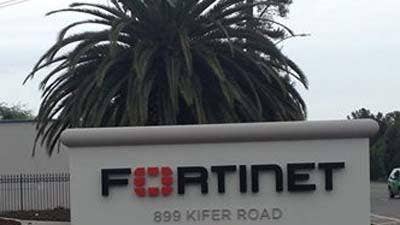
Visionary: Fortinet
Fortinet was one of the few vendors in this year’s Magic Quadrant that switched categories, having moved into the Visionary quadrant after landing in the Niche Player group last year. The company is integrating FortiGate security into the core of its enterprise networking architecture, which now includes multiple FortiSwitch models that offer multigigabit Ethernet in addition to 10, 40 and 100 gigabit ports, along with two Wi-Fi 6 compatible FortiAP access points.
While the combination of networking and security is becoming even more attractive to businesses that need to manage user and IoT devices that are becoming more pervasive on enterprise networks, Gartner warns that the vendor has limited AI and machine-learning integration and that some users found managing Fortinet’s portfolio through FortiCloud and FortiOS to be complex and unintuitive.
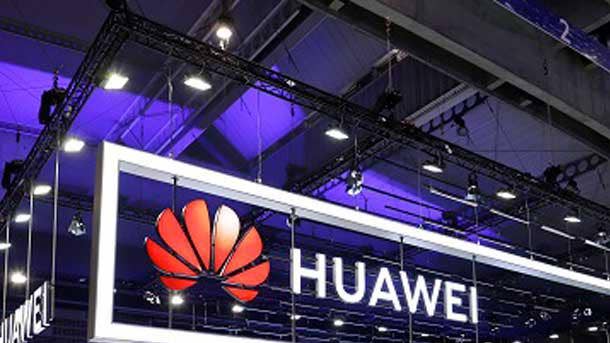
Visionary: Huawei
Visionary Huawei, based in China, offers a complete portfolio of campus and branch office wired and wireless access network infrastructure. The company last year rebranded its campus product lines as CloudEngine switches and AirEngine wireless Aps and focused on rolling out Wi-Fi 6 and supporting switch capabilities.
While the company can provide support locally and has plans to grow large enterprise sales, Huawei still pulls in 57 percent of its revenue from the Chinese market. The company said it wants to double its WLAN revenue growth in new areas and take business from large competitors in the Middle East, Europe, Latin America, Africa, Japan, South Korea and other Asia/Pacific areas.